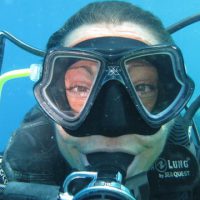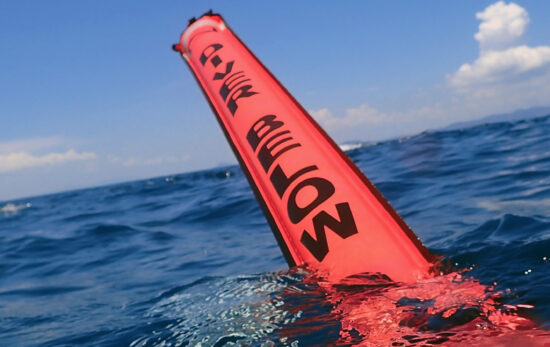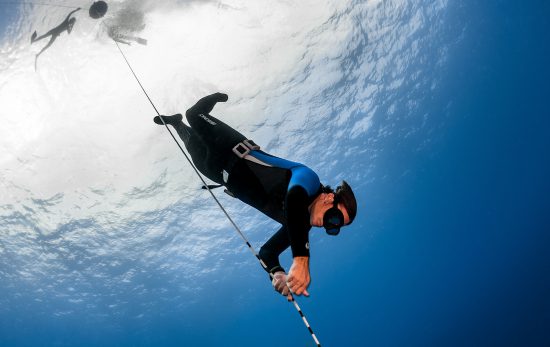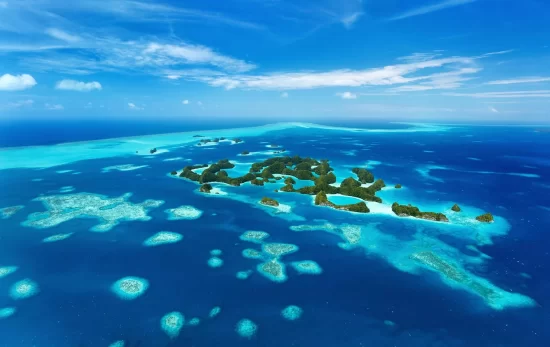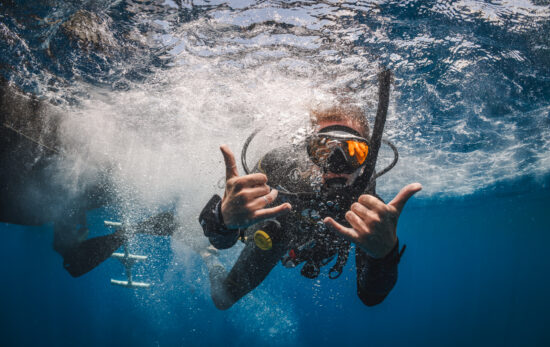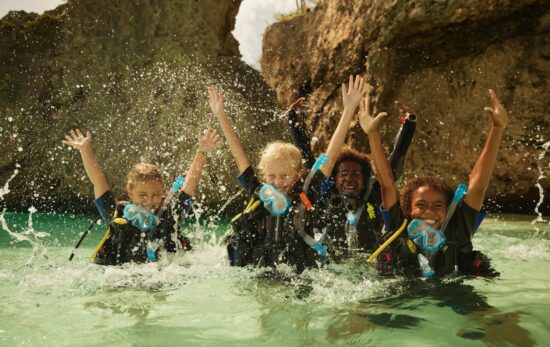Most people are familiar with the terms scuba diving and scuba. However, many people do not know that scuba is actually an acronym. That’s right, although scuba has found its place in the dictionary, it actually started out as S.C.U.B.A.
So what does scuba stand for?
The acronym stands for Self-Contained Underwater Breathing Apparatus. The acronym was coined by Dr. Christian Lambertsen in 1954 – a new name for his earlier invention, the Lambertsen Amphibious Respiratory Unit (LARU).
Human beings have been obsessed with exploring the underwater world for centuries. Stone carvings show the ancient Greeks even using water reeds as snorkels to take a look beneath the surface. Alexander the Great was rumored to have experimented with an early version of a diving bell. It was only in 1942 that Jacques Cousteau and Émile Gagnan designed the first scuba unit, named the Aqua-Lung, which resembles what we call ‘scuba’ today.
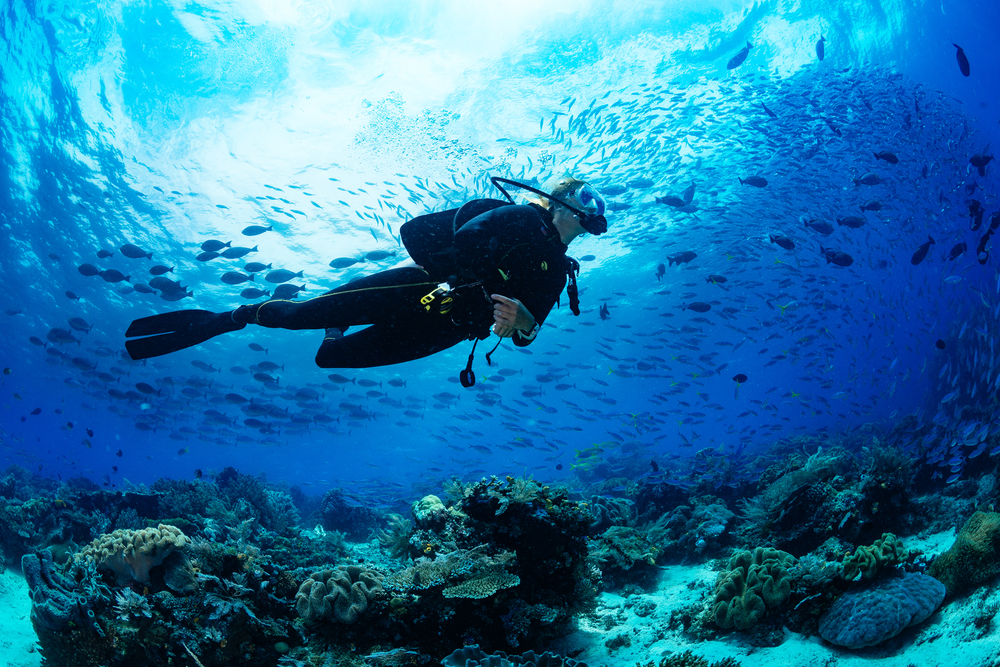
What does a scuba unit do?
After answering the question, “what does scuba stand for?” the next question is, what does a scuba unit do? A scuba gear unit doesn’t breathe for you, but it allows you to breathe underwater and ascend, descend, hover (maintain a position at a mid-water depth) or float at the surface at will. It provides users with a safe and reliable way to explore underwater and move around comfortably without any connection to the surface.
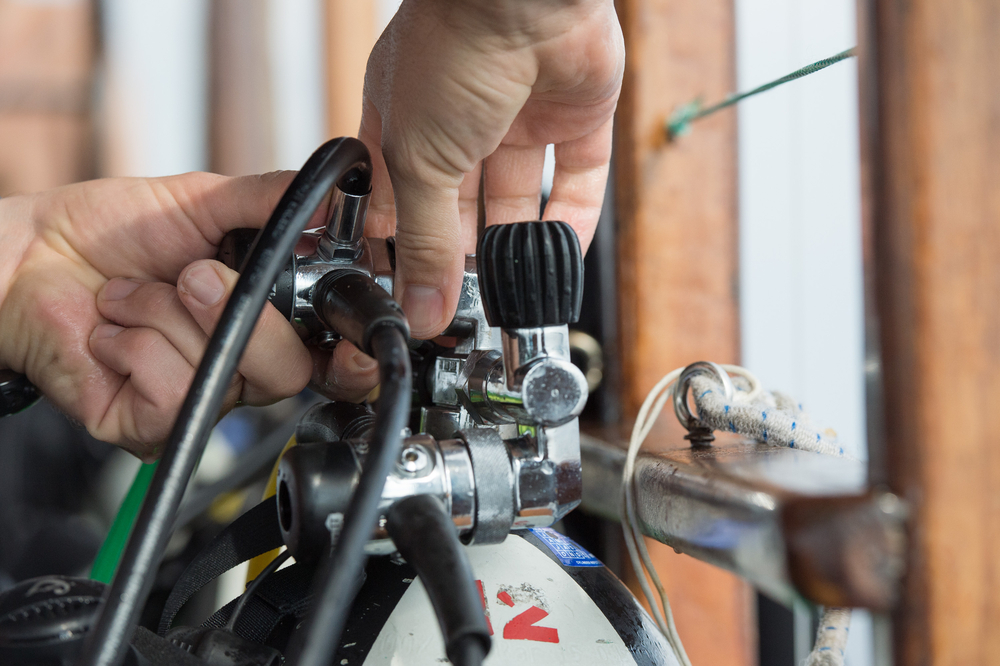
Exactly what is a scuba unit?
It consists of the following:
- A regulator.
- A tank (sometimes called a scuba cylinder or bottle).
- A buoyancy control device (BCD) with a Low-Pressure Inflator hose (LPI) and usually some gauges.
Let’s take a look at these individual items one by one…
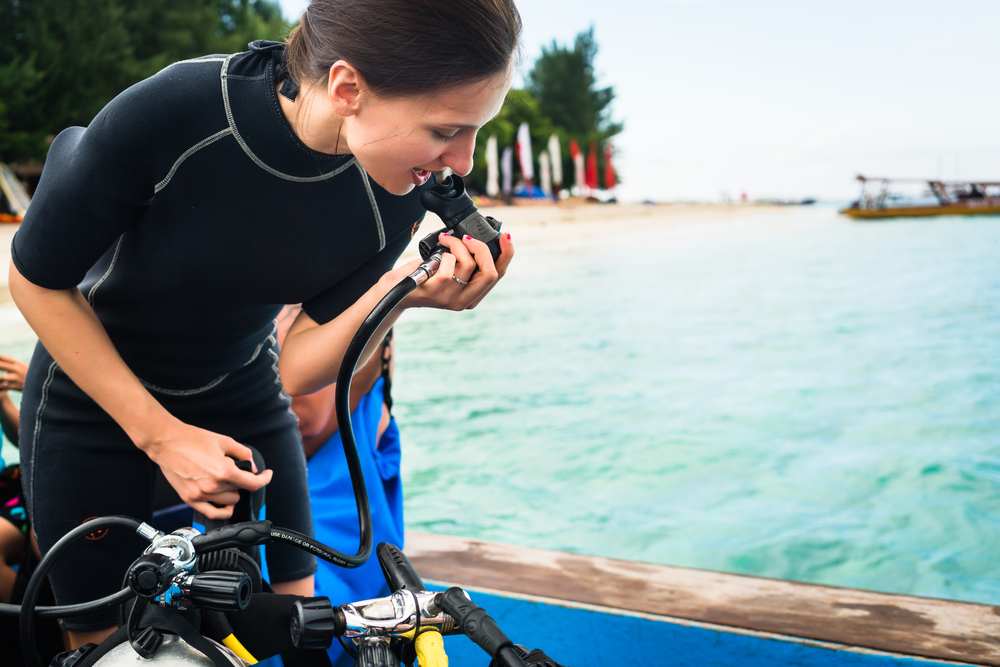
Regulators
A scuba diving regulator is a piece of equipment that enables a diver to breathe from a scuba tank by regulating the pressure of the air. This is necessary because the compressed air in a scuba tank is extremely high pressure – too high to breathe from. The regulator reduces the pressure of the compressed air (in 2 stages) to a breathable pressure.
The first stage reduces the pressure from the tank to an intermediate pressure, and the second stage reduces it again and delivers it to the diver on demand (when the diver breathes/inhales).
Five essential parts are usually included in a standard open water scuba diving regulator:
- The first stage (the part that attaches to the top of the scuba tank).
- The second stage (the part which is held in the diver’s mouth).
- The low-pressure inflator hose (which runs from the top of the tank to the diver’s buoyancy control device).
- A high-pressure hose (which runs from the top of the tank to the diver’s gauges, which shows the remaining air in the tank and the depth).
- The Alternate Air Source (also called an octopus) is a second stage that is easily identifiable by its bright yellow color. Its primary purpose is not to support the diver who is carrying it. It is for the diver’s buddy; should they have a low-on air or out-of-air emergency, they can take their buddy’s Alternate Air Source and breathe from their tank while making a safe ascent to the surface.
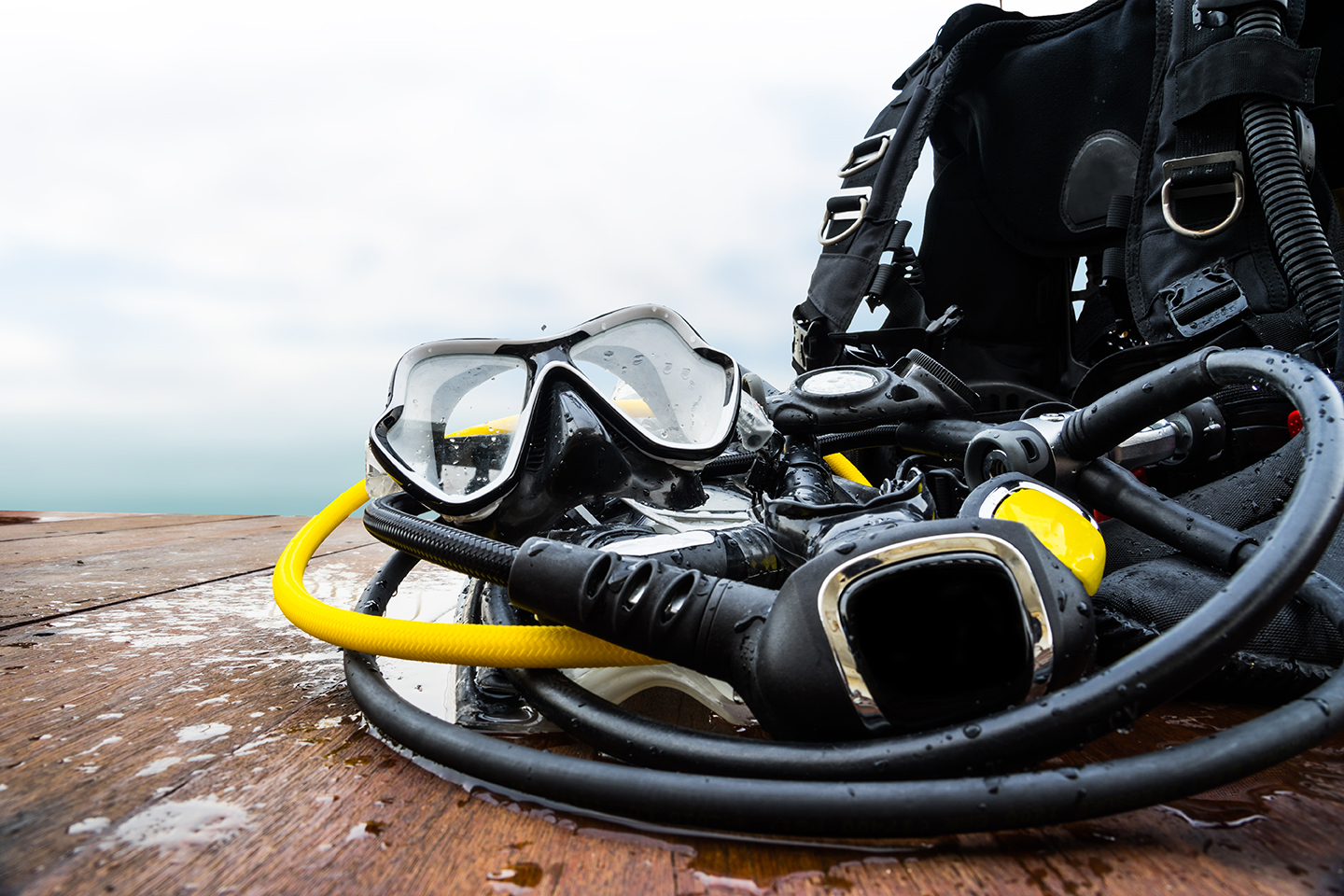
Buoyancy Control Device
Often referred to as a BCD or a vest, the BCD physically attaches the tank to the diver’s body. The BCD also enables divers to float at the surface, achieve neutral buoyancy, and descend in a controlled manner.
The BCD is connected to the diver’s air supply via a low-pressure inflator hose. The BCD is fitted with either a push button or a lever, which enables the diver to add and remove air to the BCD directly from the tank. By adding and releasing air into the BCD, the diver can move around comfortably and effortlessly.
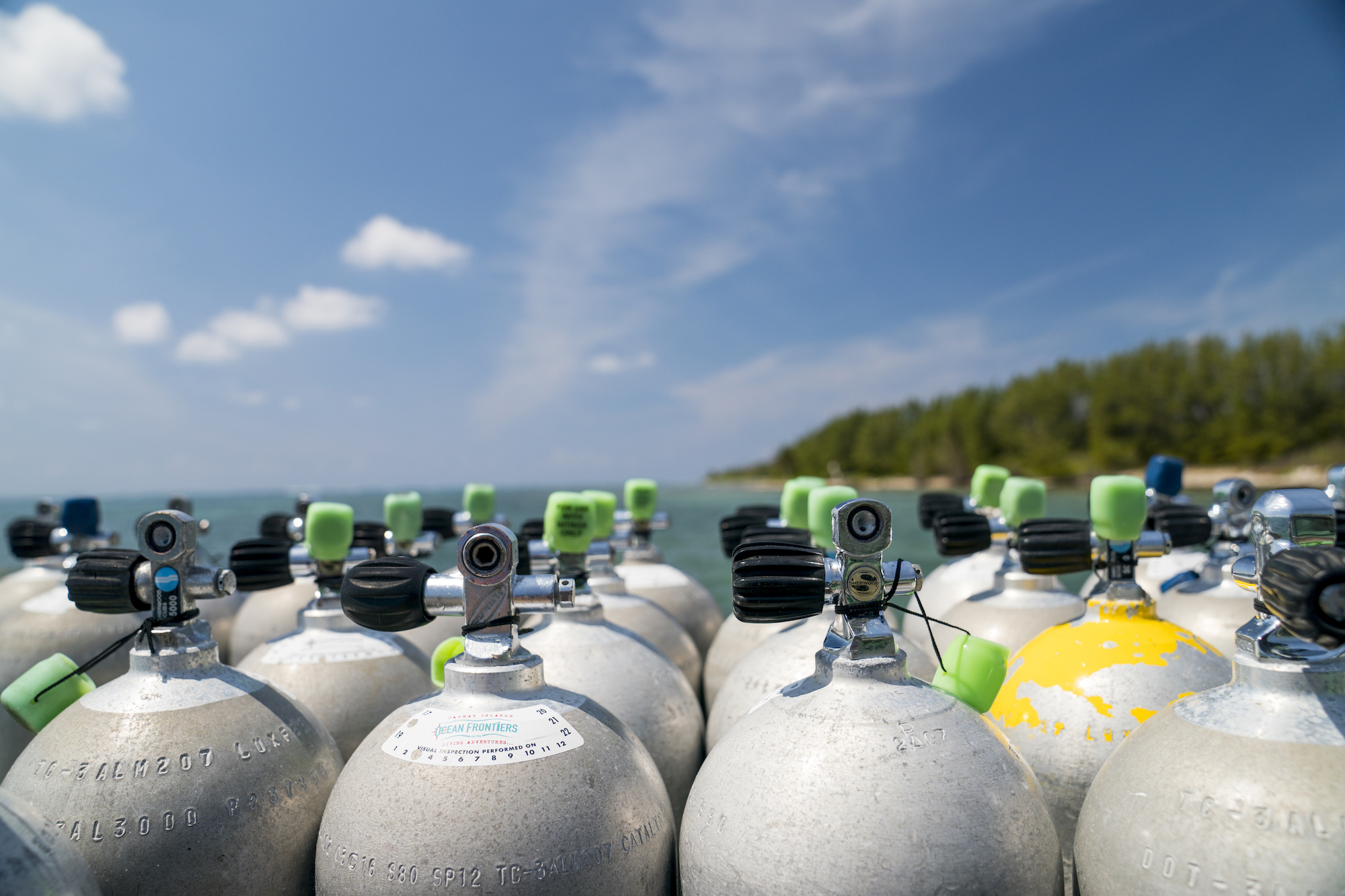
Scuba tanks and what’s in them
Contrary to what is commonly believed, scuba tanks are not filled with oxygen. They are mostly filled with regular air – the same as you are breathing now. ‘Air’ consists of 21% oxygen and 79% nitrogen, which most scuba divers breathe. There are options to dive with “Enriched Air,” which contains a higher percentage of oxygen. However, it’s not to give the diver more oxygen; it’s to reduce the amount of Nitrogen. You can learn more about Enriched Air Nitrox in the PADI Nitrox Specialty Course.
Of course, there’s more to scuba diving gear than a tank, BCD, and regulator – there are exposure suits (wetsuits), masks, fins, dive computers, and accessories. If you’d like to know more about scuba gear, consider taking the PADI Equipment Specialist Course. You can find more information about this PADI Specialty course here.
Are you thinking about purchasing scuba diving gear? If you are, one of the most important aspects of buying dive gear is ‘fit.’ Read more about well-fitting gear here.
Are you new to diving and want to get certified? The first level of diving certification is the PADI Open Water Course.
